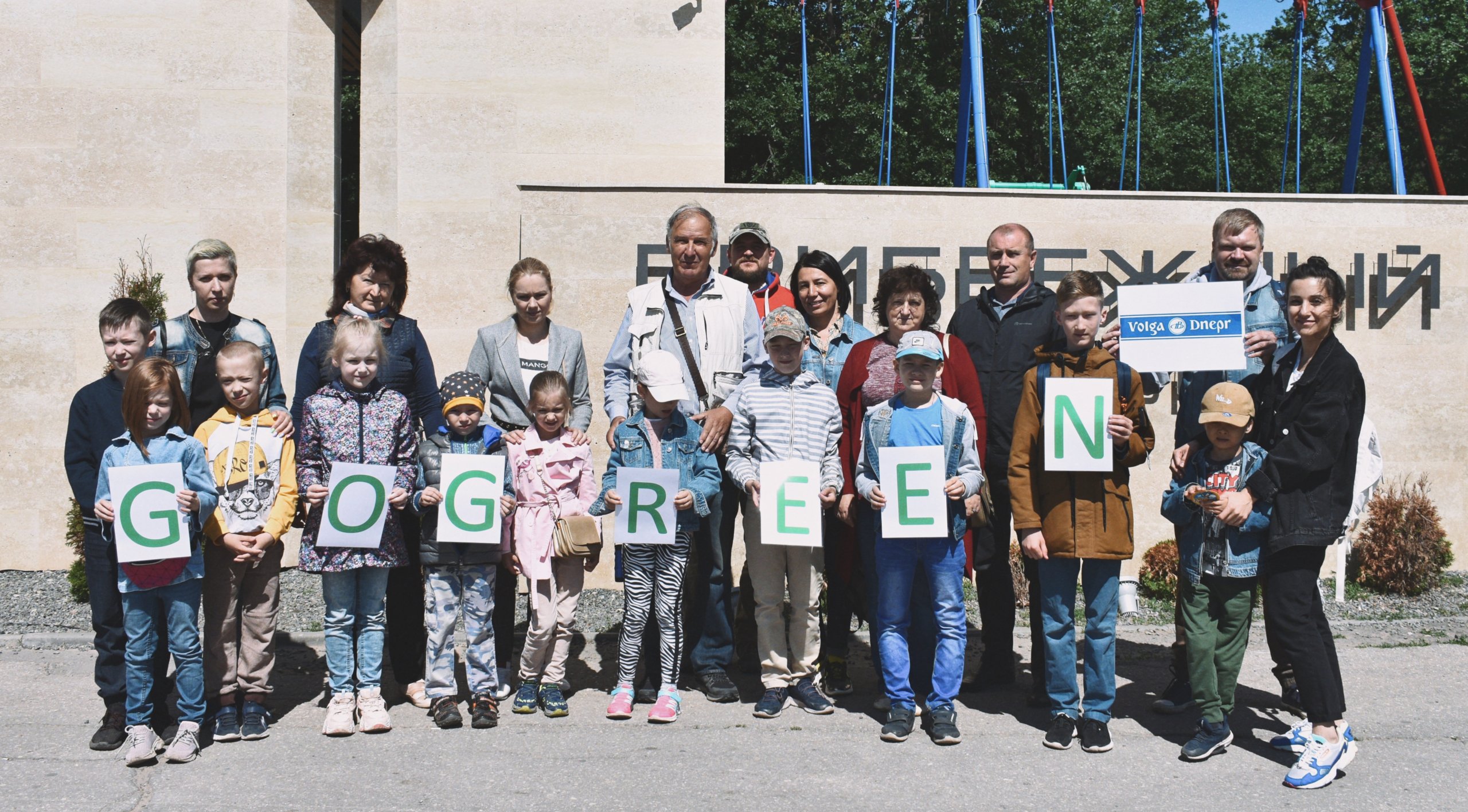Would you like to LEARN your personal learning style? Read on
 According to Felder-Silverman Learning Style Model learners can be classified in the following way:
According to Felder-Silverman Learning Style Model learners can be classified in the following way:
- Active or reflective
- Sensing or intuitive
- Visual or verbal
- Sequential or global
ACTIVE AND REFLECTIVE LEARNERS
- Active learners tend to understand information best by doing something active with it — discussing or applying it or explaining it to others. Reflective learners prefer to think about it first.
- «Let’s try it out and see how it works» is an active learner’s phrase; «Let’s think it through first» is the reflective learner’s response.
- Active learners tend to like group work more than reflective learners, who prefer working alone.
How can active learners help themselves?
If you are an active learner, study in a group in which the members take turns explaining different topics to each other.
How can reflective learners help themselves?
If you are a reflective learner, don’t simply read or memorize the material; stop periodically to review what you have read and to think of possible questions or applications. You might find it helpful to write short summaries of readings or class notes in your own words.
SENSING AND INTUITIVE LEARNERS
- Sensing learners tend to like learning facts, intuitive learners often prefer discovering possibilities and relationships.
- Sensing learners often like solving problems by well-established methods and dislike complications and surprises; intuitive learners like innovation and dislike repetition.
- Sensing learners tend to be more practical and careful, they don’t like courses that have no apparent connection to the real world; intuitive learners tend to work faster and to be more innovative than sensors.
How can sensing learners help themselves?
If you are a Sensing learner, ask your instructor, classmates, friends for specific examples of concepts and procedures, and find out how the concepts apply in practice.
How can intuitive learners help themselves?
If you are an intuitive learner, ask your instructor for interpretations or theories that link the facts, or try to find the connections yourself.
VISUAL AND VERBAL LEARNERS
- Visual learners remember best what they see — pictures, diagrams, flow charts, time lines, films, and demonstrations. Verbal learners get more out of words written and spoken explanations.
How can visual learners help themselves?
If you are a visual learner, ask your instructor for diagrams, sketches, or any other visual representation of course material that is predominantly verbal. Make a concept map by listing key points, enclosing them in boxes or circles, and drawing lines with arrows between concepts to show connections. Color-code your notes with a highlighter so that everything relating to one topic is the same color.
How can verbal learners help themselves?
Write summaries or outlines of course material in your own words. Working in groups can be particularly effective: you gain understanding of material by hearing classmates’ explanations and you learn even more when you do the explaining.
SEQUENTIAL AND GLOBAL LEARNERS
- Sequential learners tend to gain understanding in linear steps, with each step following logically from the previous one. Global learners tend to learn in large jumps, absorbing material almost randomly without seeing connections, and then suddenly «getting it.»
- Sequential learners tend to follow logical paths in finding solutions; global learners may be able to solve complex problems quickly once they have grasped the big picture, but they may have difficulty explaining how they did it.
How can sequential learners help themselves?
If you are a sequential learner and you have an instructor who jumps around from topic to topic or skips steps, you may have difficulty following and remembering. Ask the instructor to fill in the skipped steps, or fill them in yourself by consulting references.
How can global learners help themselves?
If you are a global learner, it can be helpful for you to realize that you need the big picture of a subject before you can master details. Before you begin to study the first section of a chapter in a text, skim through the entire chapter to get an overview. Try to relate the subject to things you already know, either by asking the instructor to help you see connections or by consulting references. Once you do your understanding of how it connects to other topics and disciplines you may be able to apply it in ways that most sequential thinkers would never dream of.
Task
Cover the text and try to answer the following questions:
- What are the different learning styles?
- What is important for sensing learners? What is important for intuitive learners?
- Which phrase shows an active learner? Which phrase shows a reflective learner?
- How do visual learners remember the information best? What about verbal learners?
- How do sequential earners work with information? What about global learners?
- What is your learning style? Combination of styles?
How can you help yourself to learn things?
Vocabulary
| Reflective | Вдумчивый, размышляющий | Visual representation | Визуальное представление |
| Sensing | Осознающий | Make a concept map | Составить концептуальную схему |
| Intuitive | Интуитивный | Outline | Обрисовать, изложить |
| Sequential | Последовательный | Gain understanding | Прийти к пониманию |
| Verbal | Словесный | Linear steps | Линейный путь |
| Apply smth | Применять что-либо | Absorb randomly | Воспринимать хаотично |
| Take turns explaining | Объяснять по очереди | Follow logical paths | Следовать логическим связям |
| Memorize | Запоминать | Find solutions | Найти решения |
| Review | Обзор | Grasp the big picture | Иметь целостную картину |
| Applications | Приложения, дополнения | Have difficulty | Иметь сложности |
| Discover | Открывать обнаруживать | Skip steps | Пропускать этапы/шаги |
| Possibilities | Возможности | Consult references | Наводить справки |
| Relationships | Связи | Master details | Осваивать детали |
| Well-established methods | Устоявшиеся методы | Skim through the text | Пробежаться по тексту |
| Dislike complications | Не любить осложнения | Get overview | Получить представление |
| Apparent connection | Очевидная связь | Relate the subject to things you know | Соотнести предмет с тем, что известно |




